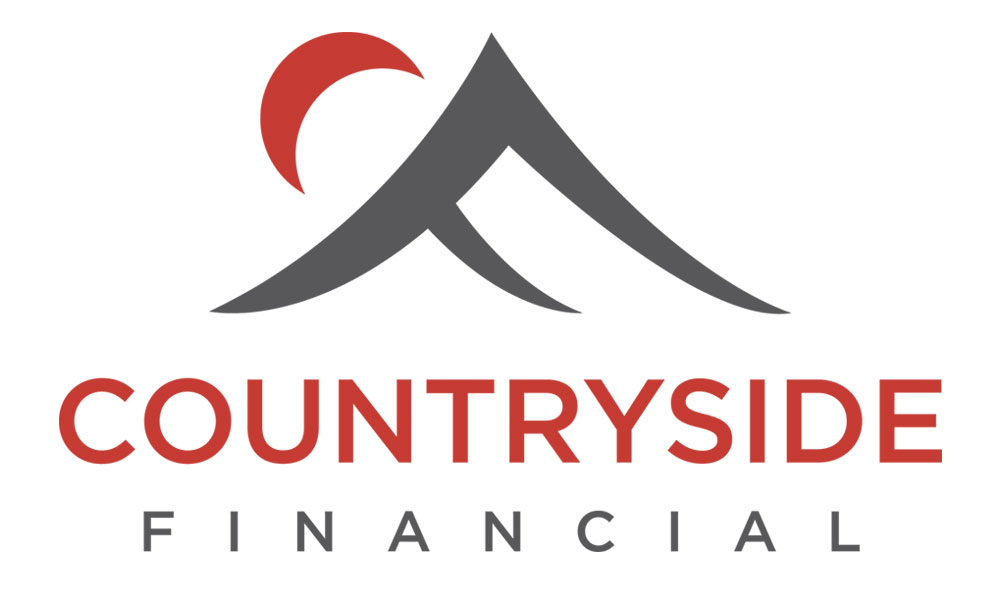2023 Mortgage Market Year In Review
As we wrap up a year full of economic twists and turns—and interest rate ups and downs—lets look back at some of the top mortgage-related stories from 2023.
Two rate holds by the Bank of Canada early in the year turned out to be a head-fake and prematurely led to market expectations that the rate-hike cycle was over. That in turn caused a short-lived run-up in home prices in the spring and renewed upward inflationary pressure before the central bank delivered two more quarter-point rate hikes over the summer.
But markets and economists seem confident that 2023 was the Year of the Rate Peak, and that 2024 should herald in some welcome rate relief for borrowers with rate cuts expected by mid- year.
All of this was taking place against a backdrop of falling inflation. The year began with Canada’s headline Consumer Price Index inflation growing at a pace of 5.90%. As of November, that pace has slowed to 3.10%.
The average non-seasonally adjusted house price also reached a high of $729,044 in May before sliding back down to $646,134 as of November. That’s still up 5.5% from January, but down more than 20% from the all-time high reached in February 2022.
Here’s an overview of some of the year’s top mortgage stories, rate movements and mortgage- related stock performance.
Top mortgage stories of 2023
- Mortgage credit growth plunged in 2023, falling by more than 25% compared to 2022.
- Mortgage interest payments have continued to rise over the course of the year and are now nearly 90% higher compared to before the Bank of Canada’s rate hikes began.
- There was a great deal of focus on the upcoming impact of higher interest rates on the estimated $600 billion worth of mortgages coming up for renewal in the next two years. The Bank of Canada said that alone was one of the key reasons it decided to leave interest rates on hold this fall.
- Many variable-rate mortgage borrowers saw their amortizations soar thanks to rising interest rates, something the Bank of Canada said it was monitoring closely. But since the middle of the year, that trend has started to reverse with big banks like TD saying they’ve seen a drop in amortization lengths as borrowers increased payments or switched to fixed- rate mortgages.
- Despite remaining near record lows for much of the year, early-stage delinquencies have now started to rise and are expected to keep trending upward.
- Bond yields and in turn fixed mortgage rates see-sawed several times over the year, rising heading into the fall, before plunging in the final months of the year.
Rate Movements
- The foundation for variable interest rates is the Bank of Canada’s overnight rate and prime rate, which both finished the year 75 basis points higher compared to where they started the year. That was on top of the 400 bps worth of rate hikes delivered in 2022.
- Meanwhile, the most important benchmark for fixed-rate pricing—the 5-year government bond yield—ended the year down by 25 basis points to 3.17%. That was before it reached a peak of 4.42% in early October.
Source: Canadian Mortgage Trends
Candace Perko, Mortgage Broker

























